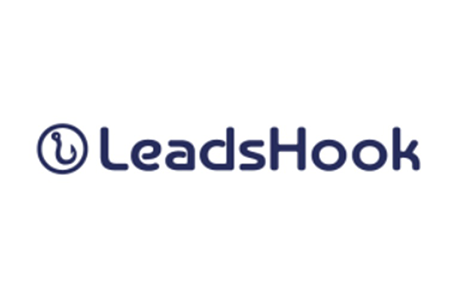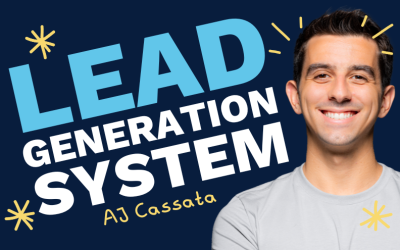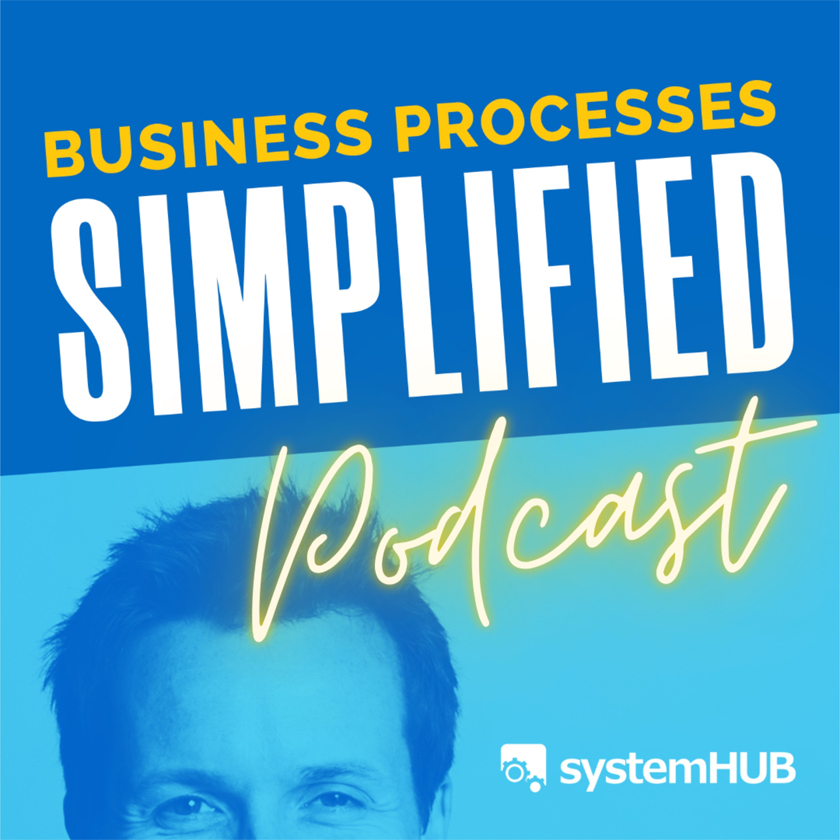You’ve probably heard it a hundred times by now. AI is changing everything. AI will replace jobs. AI is the future.
But here’s what nobody tells you: AI starts with understanding it’s not about the technology at all. It’s about what you can actually do with it.
In an interview with Nik Thakorlal, founder of LeadsHook and someone who’s been on the cutting edge of business technology for over 15 years, he shared AI insights that weren’t theoretical: it was practical, tested, and immediately applicable to any business owner trying to figure out where AI fits.
What AI Actually Is (Without the Tech Jargon)
Most people get lost in technical definitions. Large language models. Neural networks. Machine learning algorithms.
Here’s what matters: AI is a tool that can read massive amounts of information, understand context, and give you answers tailored to your specific questions.
Think of it less like software and more like a colleague sitting next to you.
Early AI models were limited. You could only feed them small amounts of information, and the output felt robotic. That’s changed dramatically. Modern AI tools can process hundreds of pages at once. You can upload competitor ads, research papers, even entire books, and ask it to analyze and synthesize insights.
Why Context Windows Changed Everything
Context windows refer to how much information AI can hold in its “memory” during a conversation. Early versions could barely handle a page. Now some models can process the equivalent of an entire book.
Nik gave a perfect example: combining insights from an NLP book with copywriting frameworks from Gary Bencivenga. Manually, that would take months of study. With AI, it takes seconds to get a working hypothesis you can test.
The Three Ways Smart Business Owners Use AI Right Now
Forget the hype. Focus on three practical applications that work today.
Research and Analysis at Lightning Speed
Want to understand what your competitors are doing? Upload their ads and ask AI to break down the emotional impact, copywriting framework, and target audience.
You can even tell it to analyze content as different experts: a consumer psychologist will give you one perspective, a direct response marketer another.
Nik runs 10 competitor ads through AI and gets detailed breakdowns in minutes. The kind of analysis that used to require hiring multiple consultants.
Content Creation That Sounds Human
Most AI content sounds robotic because people use one-line prompts.
The secret? Context.
Upload examples of your own writing. Tell AI to absorb your style. Give it detailed instructions about what you want and what you don’t want.
Nik’s marketing prompts are 7 to 10 pages long. The output is indistinguishable from what he’d write himself. And he can produce 20 variations in the time it used to take to write one.
Decision Support Systems
AI doesn’t just give you more output, it helps you make better decisions. Upload your customer research and ask it to identify patterns. What are the top three reasons people leave your business? What objections come up most often?
Nik did exactly this with LeadsHook. He discovered that 90% of customers who left didn’t complain about features or price. They left because they couldn’t figure out how to get started. That one insight led to a complete redesign.
Why AI Isn’t Just Another Business Tool
Every tool before AI made us faster: the shovel dug faster than hands, the tractor plowed faster than the shovel.
AI is different because it makes decisions for you. Google gives you links; you still have to read, evaluate, and synthesize. AI does that for you.
Ask it to recommend a mountain bike for someone who’s out of shape but wants to look cool. It won’t just list products. It’ll give you criteria you didn’t know to consider, search Reddit, compile reviews, and present options in a table.


Getting Started Without Getting Overwhelmed
The biggest mistake business owners make is trying to do everything at once.
Start With Questions You Already Have
Don’t ask AI to revolutionize your business on day one. Ask it to solve problems you’re already working on.
Nik started with coding, moved to analyzing research papers, then applied it to marketing. You already know where you’re stuck. That’s where AI should start.
The Five Elements of Good AI Prompts
Want better output? Give AI these five things:
- What you’re looking for
- What you’re NOT looking for
- What good output looks like
- What bad output looks like
- An example
The more context you provide, the better the result.
The AI-First Business (What It Really Means)
An AI-first business doesn’t mean replacing all your humans. It means breaking down processes into specific tasks and deciding which ones AI can handle better, faster, or cheaper.
Breaking Down Tasks for AI Agents
Nik creates tightly defined agents. One researches. One writes. One checks compliance. One uploads to Facebook. Why? Smaller tasks are easier to test. If output is bad and your AI does 50 things, you don’t know what broke.
Where to Apply AI in Your Critical Client Flow
Start with your Critical Client Flow. Where is productivity low? Nik gave the example of accountants. Most customer frustration comes from lack of communication about file progress.
Solution? An AI agent that watches accounting software and sends daily updates automatically. It’s simple, automated, and, best of all, solves the real problem.
The Hard Truth About AI Adoption
AI is deflationary. It takes the cost out of knowledge work fast. If your competitor figures out how to use AI and you don’t, they can bid more for customers, produce more, and charge less. You get priced out.
The first-mover advantage is real. Early adopters deal with broken tools and inconsistent results. But they also discover opportunities nobody else has found yet.
What does it take to implement?
Time.
Nik spent 10 hours building a single prompt. Things break. Results vary. It’s volatile. But the payoff is worth it.
AI made simple means starting now. Pick one area. Ask one question. Build one prompt. Choose one area of your business to experiment with this week.
Not 10 areas. One.
That’s how you turn AI from overwhelming to actionable.








